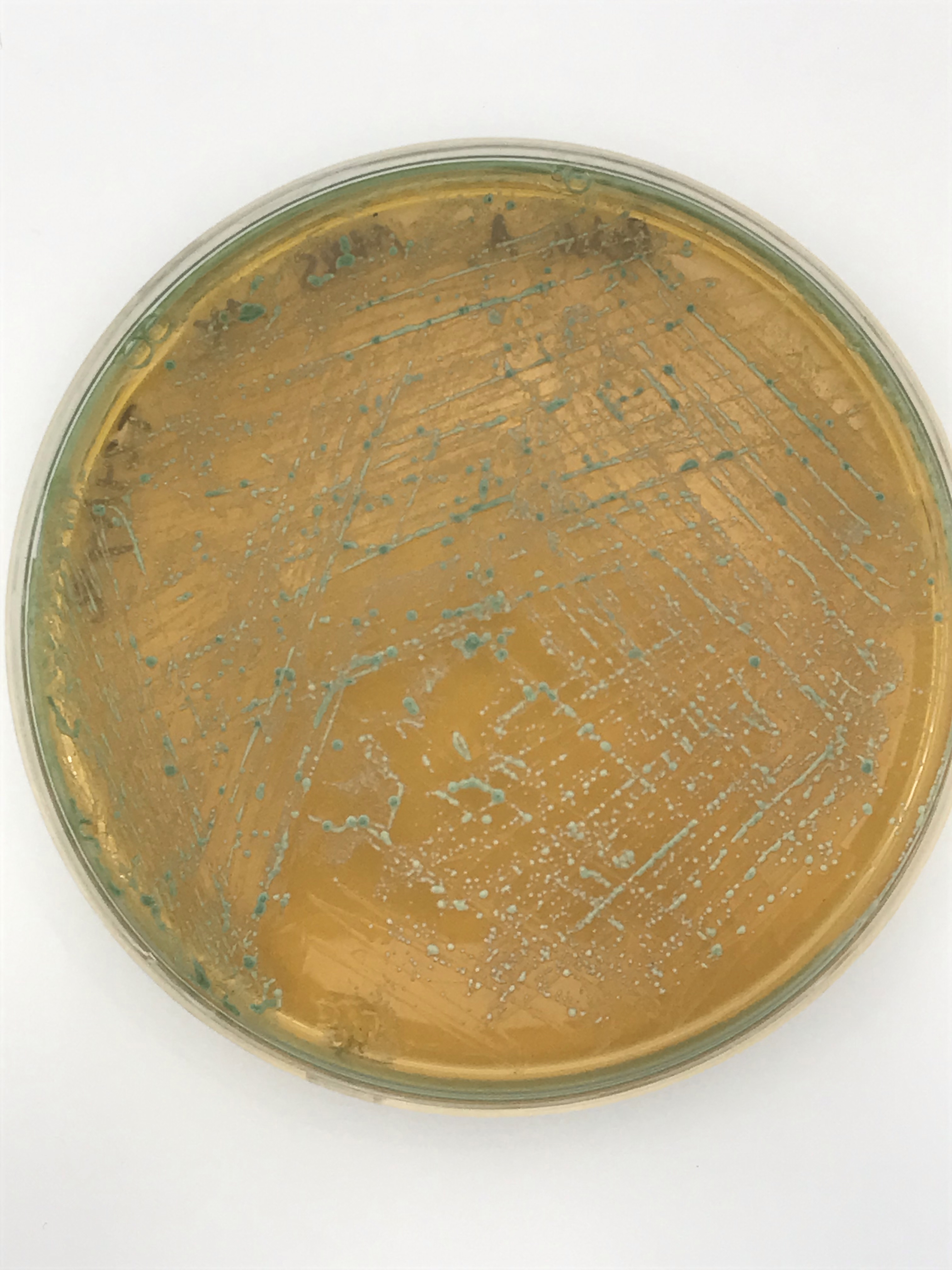MRS Agar on:
[Wikipedia]
[Google]
[Amazon]
 De Man–Rogosa–Sharpe agar, often abbreviated to MRS, is a selective
De Man–Rogosa–Sharpe agar, often abbreviated to MRS, is a selective
 De Man–Rogosa–Sharpe agar, often abbreviated to MRS, is a selective
De Man–Rogosa–Sharpe agar, often abbreviated to MRS, is a selective culture
Culture ( ) is a concept that encompasses the social behavior, institutions, and Social norm, norms found in human societies, as well as the knowledge, beliefs, arts, laws, Social norm, customs, capabilities, Attitude (psychology), attitudes ...
medium designed to favour the luxuriant growth of '' Lactobacilli'' for lab study. Developed in 1960, this medium was named for its inventors, , , and . It contains sodium acetate
Sodium acetate, CH3COONa, also abbreviated Sodium, NaOxygen, OAcetyl, Ac, is the sodium Salt (chemistry), salt of acetic acid. This salt is colorless, deliquescent, and hygroscopy, hygroscopic.
Applications
Biotechnological
Sodium acetate is u ...
, which suppresses the growth of many competing bacteria (although some other Lactobacillales
Lactobacillales are an order of gram-positive, low-GC, acid-tolerant, generally nonsporulating, nonrespiring, either rod-shaped (bacilli) or spherical ( cocci) bacteria that share common metabolic and physiological characteristics. These bac ...
, like ''Leuconostoc
''Leuconostoc'' is a genus of gram-positive bacteria, placed within the family of Lactobacillaceae. They are generally ovoid cocci often forming chains. ''Leuconostoc'' spp. are intrinsically resistant to vancomycin and are catalase-negative (w ...
'' and ''Pediococcus
''Pediococcus'' is a genus of gram-positive lactic acid bacteria, placed within the family of Lactobacillaceae. They usually occur in pairs or tetrads, and divide along two planes of symmetry, as do the other lactic acid cocci genera '' Aerococc ...
'', may grow). This medium has a clear brown colour.
Typical composition
MRS agar typically contains ( w/v): *1.0% peptone *1.0% beef extract *0.4%yeast extract
Yeast extracts consist of the cell contents of yeast without the cell walls; they are used as food additives or flavorings, or as nutrients for bacterial culture Growing media, media. They are often used to create savoury flavors and umami tast ...
*2.0% glucose
Glucose is a sugar with the Chemical formula#Molecular formula, molecular formula , which is often abbreviated as Glc. It is overall the most abundant monosaccharide, a subcategory of carbohydrates. It is mainly made by plants and most algae d ...
*0.5% sodium acetate trihydrate
*0.1% polysorbate 80
Polysorbate 80 is a nonionic surfactant and emulsifier often used in pharmaceuticals, foods, and cosmetics. This synthetic compound is a viscous, water-soluble yellow liquid.
Chemistry
Polysorbate 80 is derived from polyethoxylated sorbitan ...
(also known as Tween 80)
*0.2% dipotassium hydrogen phosphate
*0.2% triammonium citrate
*0.02% magnesium sulfate heptahydrate
*0.005% manganese sulfate tetrahydrate
*1.0% agar
Agar ( or ), or agar-agar, is a jelly-like substance consisting of polysaccharides obtained from the cell walls of some species of red algae, primarily from " ogonori" and " tengusa". As found in nature, agar is a mixture of two components, t ...
* pH adjusted to 6.2 at 25 °C
The yeast/meat extracts and peptone provide sources of carbon, nitrogen, and vitamin
Vitamins are Organic compound, organic molecules (or a set of closely related molecules called vitamer, vitamers) that are essential to an organism in small quantities for proper metabolism, metabolic function. Nutrient#Essential nutrients, ...
s for general bacterial growth. The yeast extract also contains vitamins and amino acid
Amino acids are organic compounds that contain both amino and carboxylic acid functional groups. Although over 500 amino acids exist in nature, by far the most important are the 22 α-amino acids incorporated into proteins. Only these 22 a ...
s required by ''Lactobacilli''. Polysorbate 80 is a surfactant
Surfactants are chemical compounds that decrease the surface tension or interfacial tension between two liquids, a liquid and a gas, or a liquid and a solid. The word ''surfactant'' is a Blend word, blend of "surface-active agent",
coined in ...
which assists in nutrient uptake by ''Lactobacilli''. Magnesium sulfate and manganese sulfate provide cations used in metabolism
Metabolism (, from ''metabolē'', "change") is the set of life-sustaining chemical reactions in organisms. The three main functions of metabolism are: the conversion of the energy in food to energy available to run cellular processes; the co ...
.
See also
* MacConkey agar (culture medium designed to grow Gram-negative bacteria and differentiate them for lactose fermentation).References
{{Growth media Microbiological media